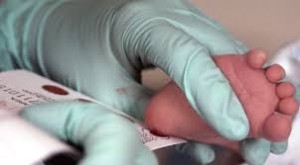As a writer and former English major, I know that language matters. The way we talk about our world informs the way we experience our world. Language shapes reality. And so we are teaching our kids, for example, not to say “I hate that” (they learned hate from Cinderella, of all places!). We support the “Spread the Word to End the Word” campaign, which works to raise awareness about the hurtfulness of the pejorative use of the word “retarded” or “retard.” We struggle, as do many people we know and love, to figure out what language to use in describing our daughter–special? different? disabled?
There are more subtle ways in which language impacts perception. A year and a half ago, I wrote about my concerns with the way Penny’s new preschool described their program:
The Integrated Preschool Program is an inclusive program providing services to children who are three to six years old and are determined to be eligible for special education. The program includes typically developing peers who serve as role models, particularly in language and social skills.
Inclusion/integration is a valuable approach because it offers a typical preschool experience to a variety of learners, with additional support available to children with special needs . . . Not only does this approach benefit children with special needs, but it benefits ‘typically’ developing peers as well. Children learn to see everyone in the classroom as equals, and develop strong self-esteem and social skills by knowing they can help their friends and take a cooperative role in learning and play . . . We ALL bring our own strengths and challenges to the table, and we ALL have something we can learn from each other!











